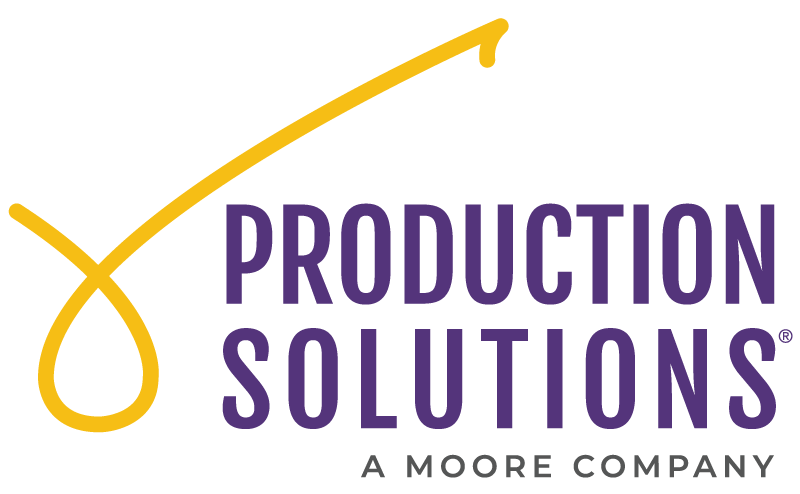Expiration Date. Sell by Date. Use by Date.

Michelle Johnston
Senior Manager of Strategic DevelopmentWhen shopping in the grocery store, the language about what is expired, when it expires and when to use it can be confusing! I tend to treat all three dates as the same thing – once the date has passed, the item is no longer usable. It is time to get rid of it and move on to something new. But the truth of those dates is much more complex.
The same is true with mail dates. When your mailing is ready to enter the postal stream, there are a variety of dates that need to be considered.
- The date on the postal statements
- The mail date
- The date that the mail should “hit homes”
- The date the mail leaves the mailshop
- The date the mail enters the mail stream
- The date the commingle happens
- The date of first scan at the USPS
There are a lot of dates that are connected to your mail and they can be just as confusing as the dates at the grocery store. Let’s unpack the ones that make the biggest difference in the planning of your yearly calendar.
The first date to consider is the Mail Date. Typically, this refers to the date that the mail will be ready to leave the mail shop and start its journey to the donor. When calculating this date, many organizations use previous years’ mail plans to set the dates. If the mailing mailed on January 31st last year, and the bulk of donations was received by the end of April, then to keep cash flow consistent, they want to mail at the same time frame each year. This timing helps the organization keep cash flow in a predictable pattern.
However, this type of scheduling does not consider changes in the USPS delivery times or the changes that may be happening in the commingle and/or logistics industry. In order to stabilize cash flow schedules, the better date to point towards is the In-Home Date. This is literally the time frame in which you would like donors to receive the mail at their house.
In-home dates are usually a range of five to seven days between which you would like most of the donors to get the mail. While there will always be outliers to this date range (for instance, Hawaii and Alaska tend to take longer while a city near the mail shop may receive mail very fast), this date range includes a large percentage of the mail will be received by donors.
Planning for that date instead of the date you expect the mail to leave the mail shop can allow for: more flexibility in the production process, greater control over the timing of mailings that are scheduled close together, and ultimately the potential for more consistent cash flow.
So, when planning your program in the future, remember the grocery store analogy – dates can get confusing when you don’t know which ones to focus on. Aim to stay ahead with in-home dates specifically as these dates make a massive impact on your yearly calendar!
About the Author






